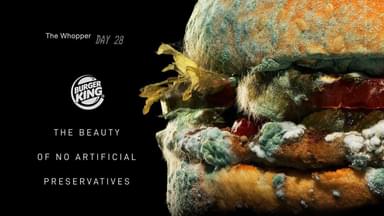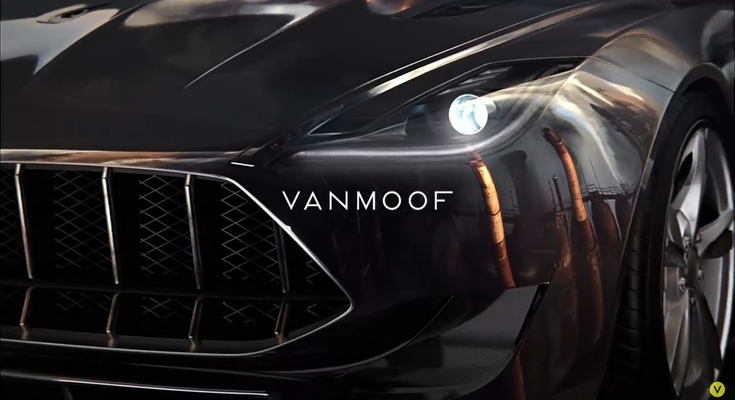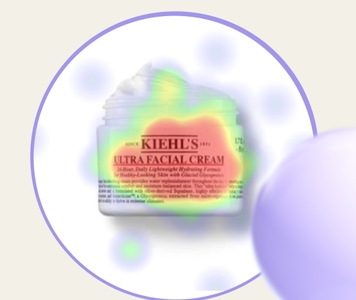We sat down with Mark Barden, partner at the strategic consultancy firm eatbigfish, to talk about why brand leaders need to consider sustainability as an integral part of their business and communications strategies. In this follow up, Mark digs specifically into how this relates to challenger brands, and how any brand can begin to think and act like a challenger.

Without further ado, onto the interview!
How to sell like a challenger brand
Meagan: Okay, so last time we talked about issues of structure and process and how marketers need to get in there and advocate for deep changes to business so that they have something real and substantial to sell. So now tell us how to go sell it like a challenger.
The first point we need to establish is that being a challenger brand is not about being small or being number 2 or 3 in the category. It is all about mindset. It is about have more ambition than resource and a willingness to accept that, because of the big gap between those two things, you have to bring something new to the party, you must break norms and conventions, be bold and dramatic. Anyone reading this can adopt a challenger mindset.

One of the best examples of this is Burger King, led by Fernando Merchado. You may have seen "Whopper Sacrifice" and "Traffic Jam Whopper", but the example I want to describe is the Moldy Whopper campaign. Going back to our conversation about marketers understanding where the category is going and advocating for getting to the future first (in this case “clean eating”). On top of this, Burger King showed a desire to advocate for doing all the hard work of cleaning up supply chain and taking preservatives out of the Whopper. No mean feat. Three years of work!
Now, how best to tell that story? This is where a challenger mindset is also invaluable. It would’ve been so easy to do a boring “we’ve taken the preservatives out of the whopper” campaign that everyone would’ve yawned at. But instead, they dramatized their point in an almost absurd way: point a live webcam at a Whopper and watch it go moldy over the course of a month. Are they nuts? What about appetite appeal? That’s disgusting. But that’s the kind of crazy that the modern marketer needs amidst the cacophony of noise that is the modern market. 8.4 billion impressions later – because, you know, it was on every blog, social feed and morning breakfast show in the country getting liked, disliked, and whatever – and sales were up 14%, positive brand sentiment +88%, product improvement measures +26%.
This kind of marketing brilliance is what sustainability needs much more of. Stop with the worthiness and granola. Ditch the Birkenstocks. Enough blue skies and green trees. More mold, please. It’s a meme-war out there and we need the very best talent to sell sustainability harder than anything else on the market.
Brands that are doing something different
Meagan: Burger King isn’t exactly a poster child for sustainability though, is it?
That’s very true. But let’s encourage them, because as we discussed in our first interview big companies can move entire categories and everything counts at this point, even getting preservatives out of our food. And while I could reference their Impossible Whopper initiative, let’s consider a totally different category - bicycles.
Now, to me “bicycle commuting” isn’t anything I’m excited about. But holy shit, VanMoof. Have you seen those bikes? So cool. So sleek, smart, fast. I want one. Again, deep, creative work in the design and production process, but just as much creativity in the marketing of the thing. No cliches. One of their brand films shows this gorgeous sports car being melted down and transformed into a VanMoof bike. Another depicts a psychedelic dreamscape, a future without cars, where we’ve overthrown the auto-barons. It’s very clear who and what they are challenging. And when they boldly declare their mission to get “the next billion people on bikes” and talk about their vision for what the city of the future would look like without cars, well, its compelling, attractive, and the kind of future I’m rooting for them to create. I often use VanMoof as an example to inspire my clients to think bigger and bolder.
How to bring the challenger mindset to marketing sustainability
Meagan: Great, so sum it up for us. Give us some pointers for how to bring that challenger mindset to marketing sustainability.
1. Be as creative in the marketing of sustainability as you have been in making your product sustainable
If you’ve done the hard work of innovating in supply chain, or company structure, don’t ruin it with boring marketing. Hire great creative people to make your marketing as 'wow' as your product.
2. Ditch the clichés and conventions of "green" because they are invisible
Job #1 for marketing is and always will be to get noticed. And if you’re defaulting to clichés you won't achieve that. Build a collage of all the category conventions so far. Then write “Don’t do this” on it, and put it somewhere visible to remind you and your team every single day that you must do different.
3. Make the inspiring but invisible stuff visible - if it can be interesting
If you’ve really worked hard to fix supply chain but it’s largely invisible to the consumer, get creative in how you make it visible. That’s Moldy Whopper, but it’s also the Levis film about laser aging jeans (to cut down on energy use of stone-washing) that has over 4 millions views.
4. Only bold ideas - aim for fame or don't bother, think "drama and surprise"
It’s Binet & Field 101. Make “fame” your key metric. Ask yourself when evaluating ideas “is this surprising?” and “will it make us famous?” and if the answer is no, stop it at once (see points #1 and #2).
5. Don't be afraid to call out "the monster" - it threatens us all and needs to be slain
All challenger narratives get interesting once we know the monster. For VanMoof it's the car, for Oatly it's the cow. That thing in the world or in your category that threatens all of us and that you are on a mission to slay. Don’t let people tell you that you always have to be positive. Name and shame if you must. Who else is going to tackle it if not you? This is how you build brand advocates.
6. Criticism of bold ideas is inevitable and a positive metric
If you do points 1 to 5 well, you’re bound to piss off someone. And if you’re not, that’s a clue that you’re not being bold enough. Make that a key metric along with fame and be ready for the blowback. Celebrate it when it happens, because the status quo won’t go down without a fight. Know that you have right on your side. Enlist your advocates to defend you.
7. You'll need to be brave
Every time we see a bold challenger, from Oatly to VanMoof, Tony’s Chocolonely to Patagonia, what we’re really seeing is the work of someone who took a risk and said “yes” to a bold idea. That’s not easy. It’s still one of the rarest things in this world — getting a yes to a big idea. Source your own strength from your personal belief in the mission.
If you want to know more about Mark and his team's amazing work at eatbigfish, be sure to check out their website.
Curious to learn how you can make your brand more sustainable? Read our Sussing Out Sustainability Report to understand real-time consumer views on sustainability at large, and which on-pack messages intuitively appeal to different generations.





